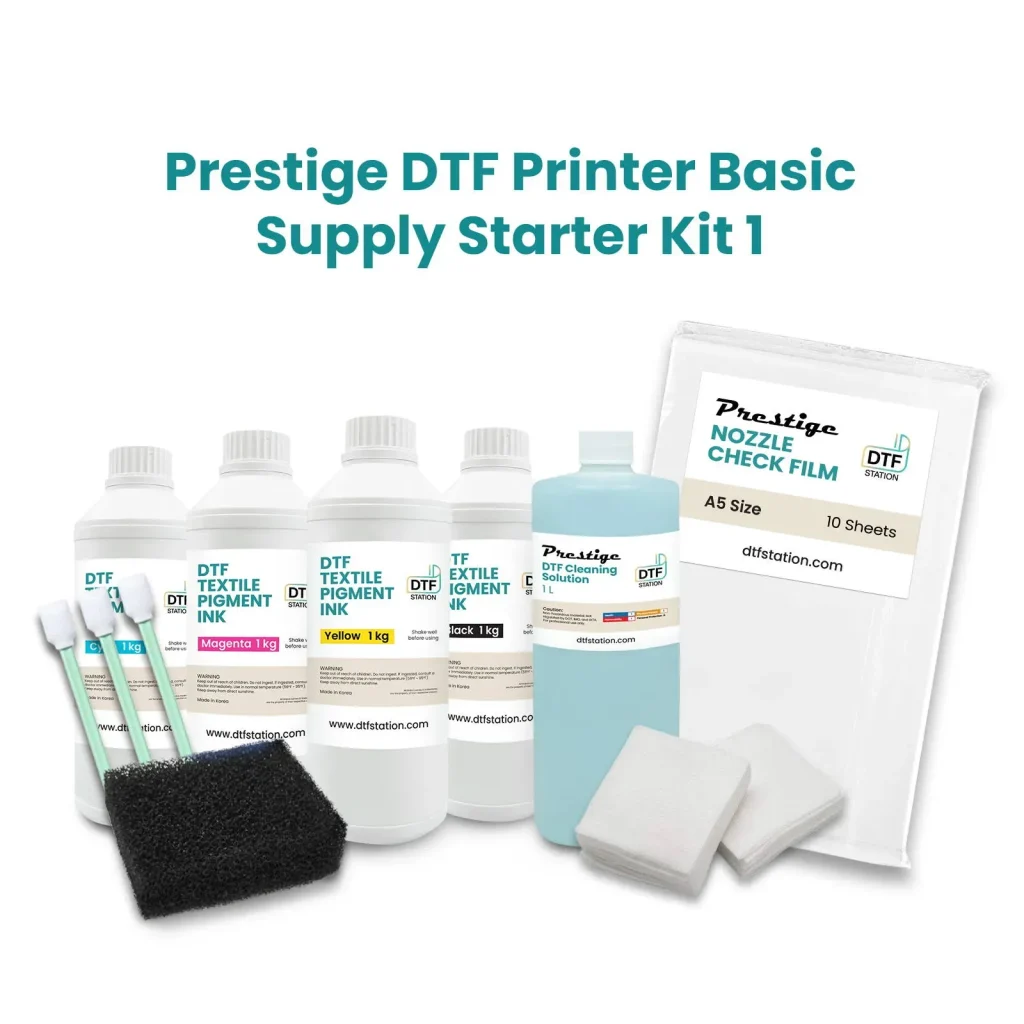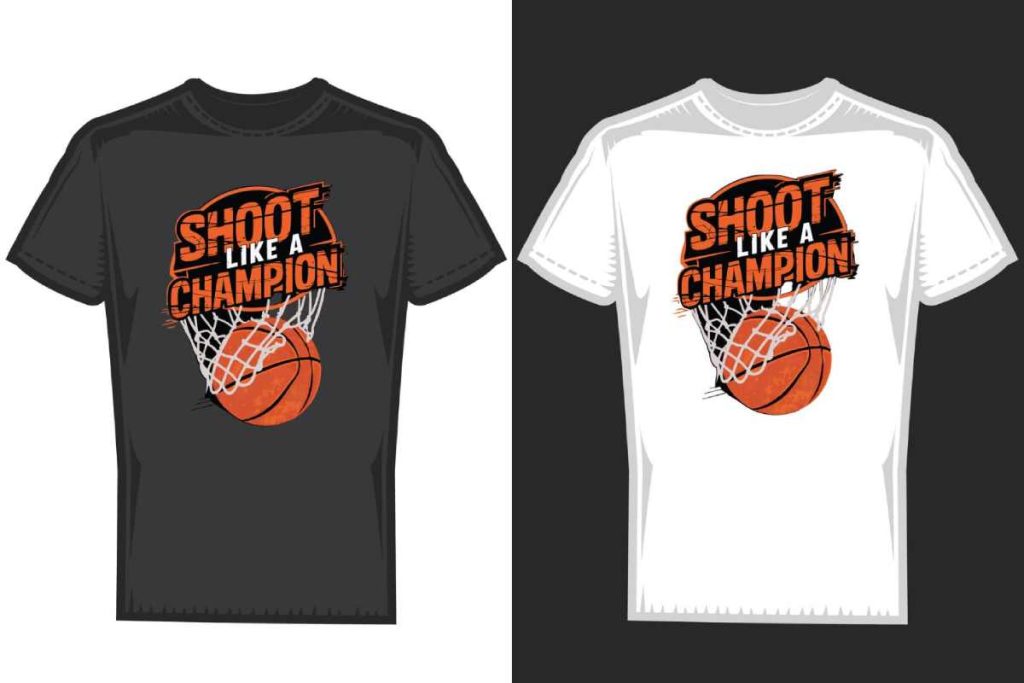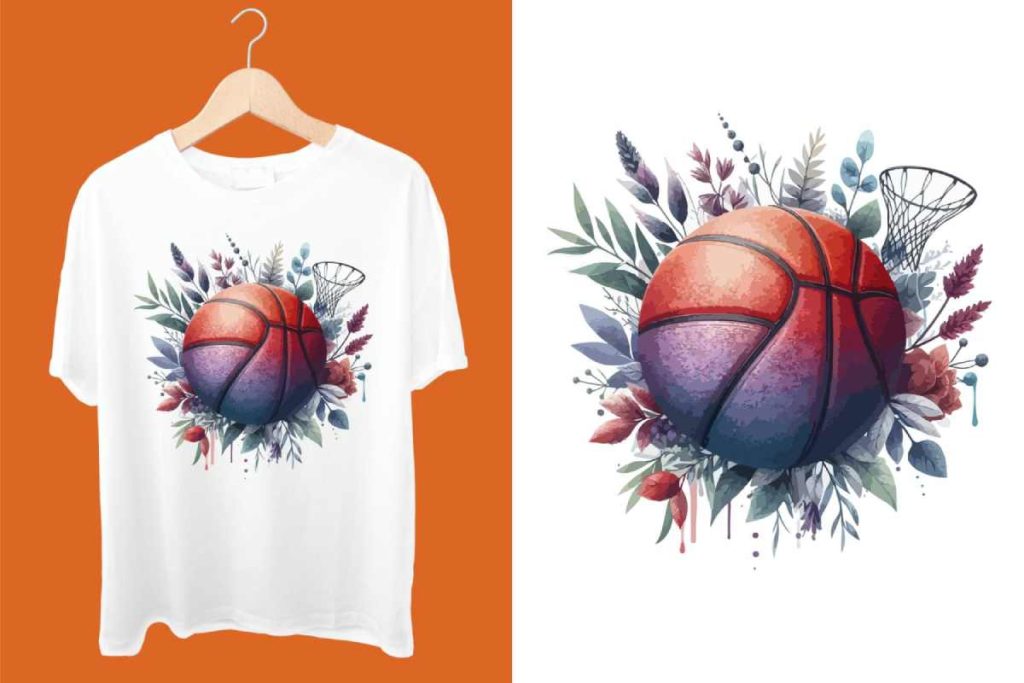DTF supplies are essential for anyone looking to enter the world of Direct-to-Film printing, a method that has rapidly gained traction among printing enthusiasts and professionals alike. This innovative technique enables users to create stunning, high-quality designs on a wide variety of materials, especially fabrics, by utilizing specialized DTF printers and transfer films. Additionally, the inclusion of adhesive powder for DTF ensures that vibrant prints adhere perfectly when applied with a heat press machine. The versatility and cost-effectiveness of DTF supplies make them an attractive option for small businesses and entrepreneurs hoping to capitalize on custom printing trends. In this post, we will explore the must-have components for a successful DTF setup and how each one contributes to delivering eye-catching results.
Understanding the foundational items needed for DTF printing can greatly enhance your creative process. These key materials, often referred to as DTF technology essentials, include specialized printers that facilitate high-quality transfers, unique films that serve as transfer mediums, and specific adhesive powders that guarantee durability. The heat transfer machine plays a vital role in this setup, providing the necessary pressure and heat to achieve optimal adhesion. By becoming familiar with these critical supplies, whether you are a newcomer or a seasoned print expert, you position yourself to harness the full potential of this emerging printing style.
Understanding DTF Printing Technology
Direct-to-Film (DTF) printing represents a revolutionary approach within the print technology sphere. By using specialized inkjet printers, such as those from Epson and Brother, DTF enables businesses to produce high-quality designs that can be transferred directly onto various substrates. This method is particularly advantageous for fabric printing, allowing for intricate designs with vibrant colors and superior durability. Unlike traditional methods, DTF printing does not require a long setup time or expensive screen setups, making it an attractive option for small businesses and hobbyists alike.
Moreover, DTF printing employs a unique process that utilizes particular transfer films and water-based inks to create stunning visuals. The DTF printer prints designs onto transfer film, which are then treated with an adhesive powder. This innovation allows for precise control over color reproduction and print quality, essential for businesses looking to make a mark in the competitive landscape. The combination of advanced technology and user-friendly processes makes DTF printing an essential part of the modern printing arsenal.
Key Supplies for Successful DTF Printing
To embark on a successful DTF printing journey, having the right supplies is paramount. First and foremost is selecting an appropriate DTF printer tailored to your specific production requirements. Quality printers ensure that each print consistently delivers high resolution and vivid colors, critical for customer satisfaction. Once a reliable printer is secured, the next step is sourcing high-quality DTF inks, which offer excellent color accuracy and fade resistance. This duo of printer and inks forms the foundation of your production capabilities.
In addition to printers and inks, the selection of transfer films and adhesive powders is vital for optimal results. Transfer films serve as the medium onto which designs are printed. These films must be compatible with both your DTF printer and ink. Flagship brands also offer specialized films that enhance adhesion and print durability, making research and reviews essential when choosing the right products. Adhesive powder must be evenly applied to the printed design, enabling excellent adhesion during the heat transfer process. Each of these components plays a crucial role in ensuring the final product not only looks great but is also durable enough for repeated use.
Importance of Choosing the Right Heat Press
The heat press machine is an integral piece of equipment in any DTF printing operation, essential for effectively transferring designs from the transfer film to fabric. Selecting the right heat press depends on various factors, including production volume and the types of fabrics you plan to work with. Some heat presses offer advanced features such as adjustable temperature and pressure settings, enabling users to experiment and achieve optimal transfer results.
Furthermore, the quality of the heat press directly impacts the durability and washability of the printed designs. A machine that provides even heat distribution ensures that the adhesive powder is melted uniformly, resulting in a secure bond between the design and the substrate. Investing in a high-quality heat press not only improves product outcomes but also enhances efficiency during the production process, ultimately contributing to a more profitable DTF printing business.
Recent Innovations in DTF Printing
The landscape of DTF printing is continually evolving, with new technologies making it more efficient and eco-friendly. Recent innovations include advancements in ink formulations, which now focus on providing higher durability while being less harmful to the environment. Some companies have begun developing eco-friendly inks, allowing businesses to meet growing consumer demands for sustainable products without sacrificing print quality.
Additionally, the introduction of more advanced printers has increased throughput and improved color accuracy. Many manufacturers are working on streamlining the printing process, enabling quicker turnarounds without compromising quality. These innovations present a unique opportunity for businesses to capitalize on the evolving market trends, particularly with an increasing focus on custom and personalized products that resonate with consumers.
Market Trends in DTF Printing
The DTF printing industry is currently experiencing a surge in demand, driven by the rising popularity of personalized apparel and customized printing solutions. This growth represents a significant opportunity for entrepreneurs seeking to enter the market. As e-commerce continues to thrive, many platforms are incorporating DTF printing services due to low start-up costs, providing a lucrative outlet for creative businesses.
Market analysts predict that as consumers increasingly seek unique, one-of-a-kind products, the demand for DTF printing will only continue to rise. This trend underscores the potential for businesses to leverage DTF technology in creating distinctive offerings that can set them apart in a crowded marketplace. Establishing a DTF printing business now allows entrepreneurs to carve a niche within the custom printing landscape, catering to customers’ evolving preferences.
Overcoming Challenges in DTF Printing
Starting a DTF printing business, although promising, comes with its challenges. One of the primary obstacles is the initial investment required for high-quality printers, inks, transfer films, and heat press machines. Understanding the costs associated with each of these components is crucial for financial planning, as they can significantly impact your overall startup budget. Entrepreneurs must carefully assess their needs and explore various suppliers to find cost-effective yet reliable options.
In addition to financial barriers, mastering the DTF printing process requires practice and technical skill. Learning how to efficiently use a heat press, ensuring the right temperature and pressure is applied, and becoming proficient in design transfer techniques can take time. Thankfully, there are numerous online resources, tutorials, and community forums available to help newcomers navigate these challenges, transforming potential setbacks into learning opportunities that foster growth and success in the DTF printing venture.
Frequently Asked Questions
What are the essential supplies needed for DTF printing?
To set up a successful DTF printing operation, you will need a DTF printer, high-quality DTF inks, transfer film, adhesive powder for DTF, and a reliable heat press machine. These supplies are crucial for producing vibrant and durable prints on various substrates.
How does a DTF printer differ from a regular inkjet printer?
A DTF printer is specifically designed for printing on transfer films and works seamlessly with DTF inks. Unlike regular inkjet printers, DTF printers can handle thicker media and provide enhanced color output, making them ideal for high-quality textile printing.
What type of adhesive powder is suitable for DTF printing?
For DTF printing, it is important to use specialized adhesive powder that has been developed for this purpose. The powder ensures effective adhesion of the design to the fabric during the heat transfer process, impacting the durability and lifespan of the prints.
Can I use any transfer film for DTF printing?
No, it is crucial to choose transfer film that is compatible with both your DTF printer and inks. The type of transfer film you use directly affects the quality of your prints, so conducting thorough research is essential to finding the right option.
What features should I look for in a heat press machine for DTF printing?
When selecting a heat press machine for DTF printing, ensure it provides adjustable temperature and pressure settings suited for the specific needs of DTF transfers. Look for machines that have a reliable build quality and, if possible, a larger platen size to accommodate various fabric sizes.
What advancements are being made in DTF printing technology?
Recent developments in DTF printing technology include eco-friendly ink formulations that reduce environmental impact while maintaining high print quality. Additionally, innovations in ink composition are enhancing durability and washability, making DTF prints more resilient over time.
| Key Supplies for DTF Printing | |
|---|---|
| Printers | Specialized inkjet printers (e.g., Epson, Brother) for transfer films. |
| Inks | Water-based CMYK inks, often with white options. |
| Transfer Film | The carrier for designs, must match printer and ink. |
| Adhesive Powder | Used for adhesion to fabrics post-printing. |
| Heat Press Machinery | Essential for transferring prints to fabric at proper temperature and pressure. |
Summary
DTF supplies are vital for anyone looking to enter the exciting world of Direct-to-Film printing. As this technology continues to grow, the availability of essential supplies like specialized printers, high-quality inks, suitable transfer films, reliable adhesive powders, and efficient heat press machines plays a critical role in setting up a successful business. Understanding these supplies and how to effectively use them will enable entrepreneurs to create stunning, custom prints that meet the increasing consumer demand. By embracing the innovations and market opportunities in DTF printing, you can position yourself to thrive and build a distinctive brand in the printing industry.



